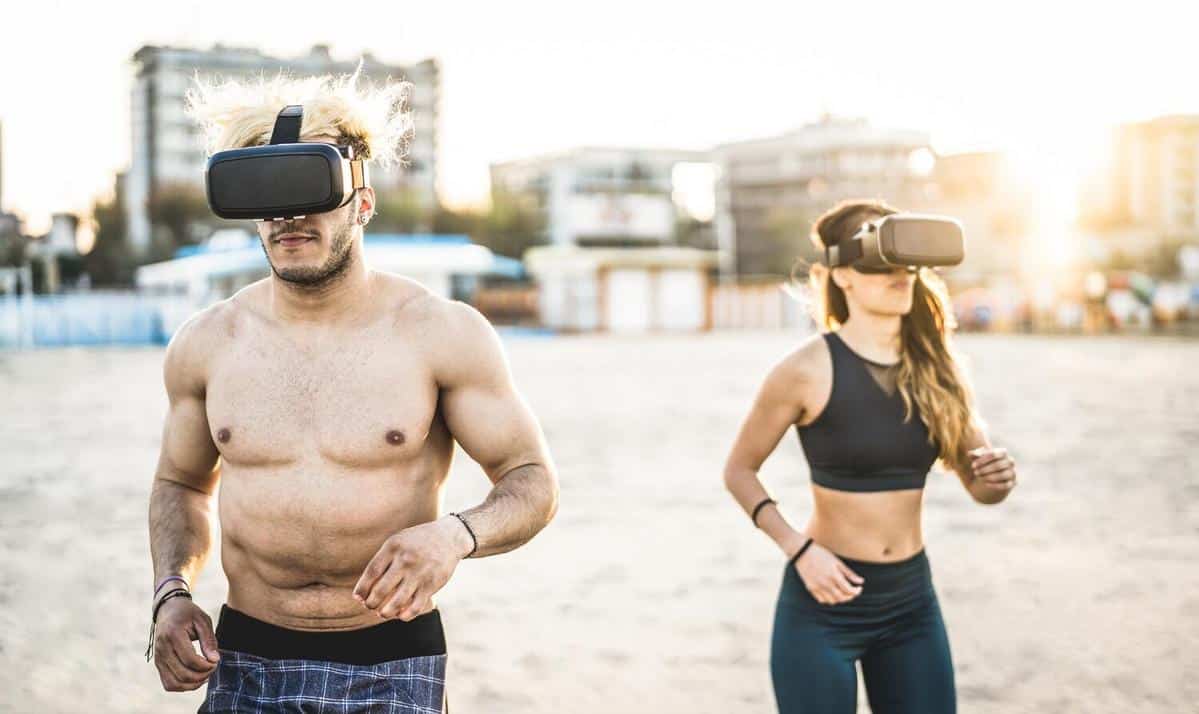
Wearable Technology Trends in 2023: What You Need to Know
As wearable technology continues to evolve, 2023 is shaping up to be an exciting year for fitness enthusiasts and tech lovers alike. The latest trends in wearable tech are not just about tracking steps or monitoring heart rates; they are about creating a more personalized and effective fitness experience.
Wearable technology has become an integral part of our fitness routines, with innovations that cater to various aspects of health and wellness. According to a recent report by Statista, the global market for wearable devices is expected to reach over $100 billion by 2024, highlighting the growing demand for these smart gadgets.
Innovations in Wearable Tech
One major trend in 2023 is the integration of artificial intelligence (AI) into wearables. AI algorithms can analyze data more effectively, providing insights into personal health metrics and suggesting tailored fitness plans. Dr. Alex Johnson, a leading expert in digital health, notes, “AI in wearables is transforming how we approach health, turning raw data into actionable insights.”
Advanced Health Monitoring
Wearables are now equipped with advanced sensors that can monitor blood oxygen levels, stress indicators, and even sleep patterns. This comprehensive health tracking allows users to gain a deeper understanding of their bodies, enabling them to make informed decisions about their health.
Customization and Personalization
Personalization is key in the 2023 wearable tech landscape. Devices can now adapt to individual fitness goals and preferences, offering customized workout plans and dietary recommendations. For example, a runner might receive tailored suggestions for improving endurance and performance based on their unique physiological data.
Real-world Example: Emma’s Journey
Consider Emma, a fitness enthusiast who started using a new smartwatch with AI capabilities. She found that the personalized feedback on her workouts and recovery times helped her improve her marathon time by 20%. This kind of personalized experience is becoming increasingly common as technology advances.
Choosing the Right Wearable
With so many options available, selecting the right wearable can be daunting. Here are a few tips to help you decide:
- Determine your primary fitness goals and choose a device that specializes in those areas.
- Consider the device’s compatibility with your smartphone and other gadgets.
- Look for wearables with long battery life and durability, especially if you plan on using them outdoors.
Always check for regular software updates to ensure your wearable device benefits from the latest features and security enhancements.
Comparison Table of Popular Wearables
| Feature | Device A | Device B | Device C | Device D | Device E | Device F | Device G | Device H |
|---|---|---|---|---|---|---|---|---|
| Heart Rate Monitoring | Yes | Yes | Yes | No | Yes | No | Yes | Yes |
| GPS Tracking | Yes | No | Yes | Yes | No | Yes | No | Yes |
| Water Resistance | No | Yes | Yes | Yes | No | Yes | Yes | Yes |
| Battery Life | 24 hrs | 48 hrs | 12 hrs | 36 hrs | 20 hrs | 50 hrs | 30 hrs | 15 hrs |
| AI Integration | Yes | Yes | No | Yes | No | Yes | Yes | No |
| Sleep Tracking | Yes | No | Yes | Yes | No | No | Yes | Yes |
| Price Range | $$ | $$$ | $ | $$ | $$$ | $$ | $$$ | $ |
| Compatibility | Android/iOS | iOS | Android | Android/iOS | iOS | Android | Android/iOS | iOS |
FAQs about Wearable Technology
How do wearables improve fitness?
Wearables provide detailed data and insights into your physical activity, helping you track progress and adjust your fitness goals accordingly.
Are wearables accurate?
Most modern wearables offer high accuracy, but results can vary based on the device and its usage.
Can wearables help with weight loss?
Yes, by tracking physical activity and providing insights into calorie expenditure, wearables can be a helpful tool in a weight loss plan.
In conclusion, wearable technology in 2023 is not just about monitoring your fitness; it’s about enhancing your overall health experience. By staying informed about the latest trends and choosing the right device for your needs, you can make the most of what wearable tech has to offer. Embrace these advancements to take your fitness journey to new heights.


